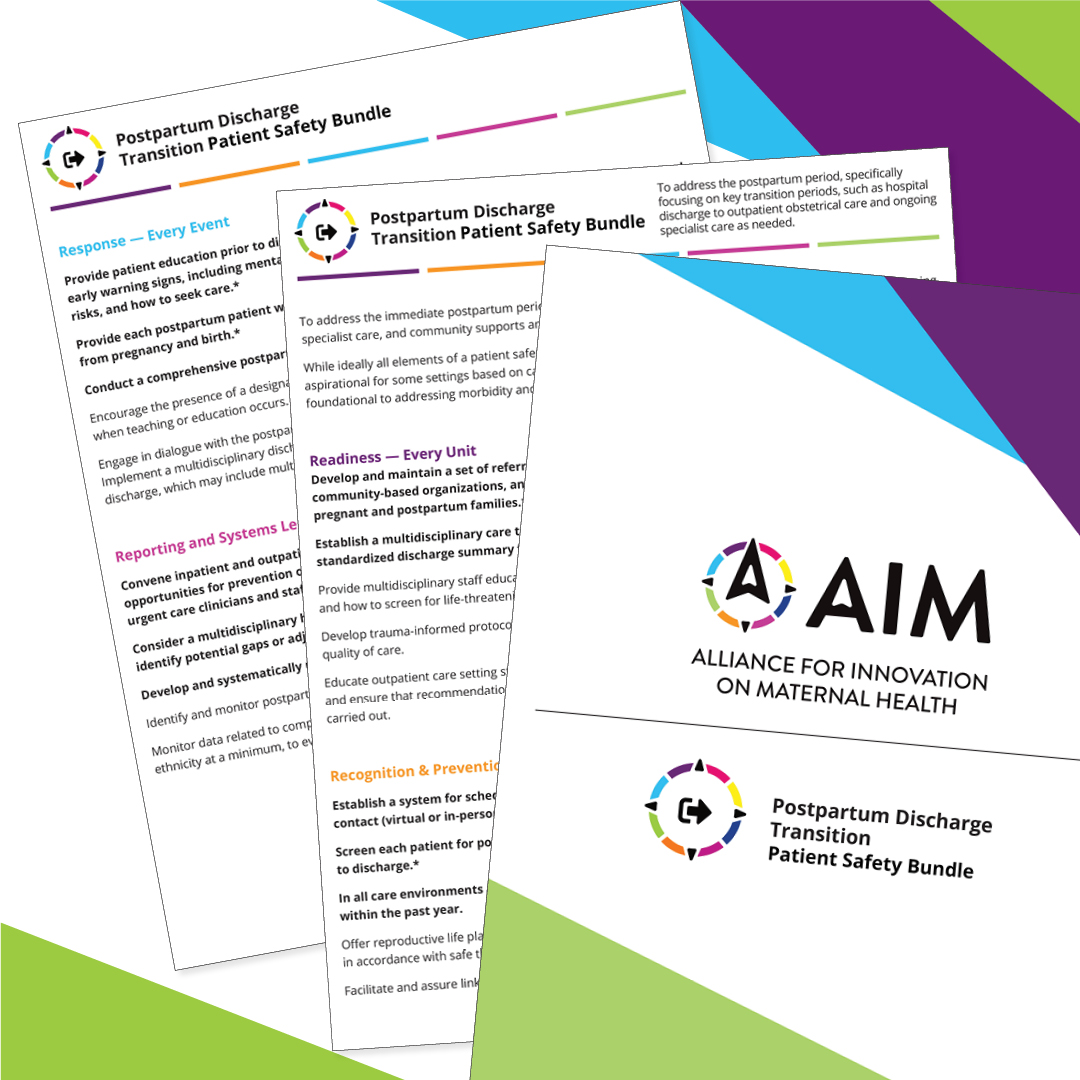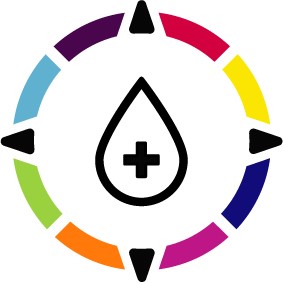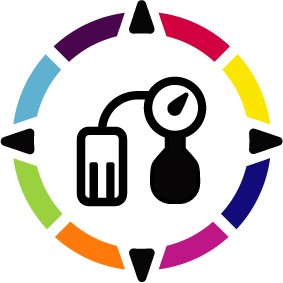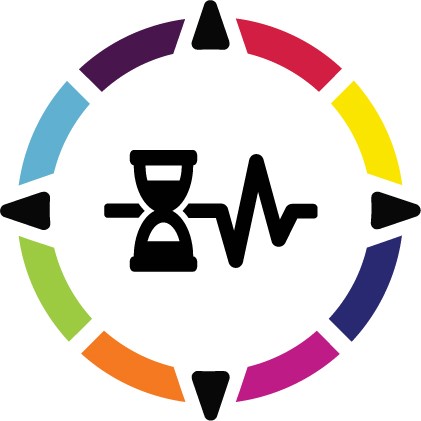Patient Safety Bundles

What Are Patient Safety Bundles (PSBs)?
Patient Safety Bundles are a structured way of improving the processes of care and patient outcomes.Patient safety bundles are collections of evidence-informed best practices, developed by multidisciplinary experts, which address clinically specific conditions in pregnant and postpartum people.
The goal of PSBs is to improve the way care is provided to improve outcomes. A bundle includes actionable steps that can be adapted to a variety of facilities and resource levels.
Core AIM Patient Safety Bundles
These primary bundles, which are supported by specific quality metrics and measures through the AIM Data Center, are the core building blocks of the AIM program’s efforts to address the leading known causes of preventable severe maternal morbidity and mortality in the United States. The bundles below were developed as part of the AIM Program and funded by HRSA.

Obstetric Hemorrhage

Severe Hypertension in Pregnancy

Safe Reduction of Primary Cesarean Birth

Cardiac Conditions in Obstetric Care

Care for Pregnant and Postpartum People with Substance Use Disorder

Postpartum Discharge Transition

Sepsis in Obstetrical Care
How is equity considered in a bundle?
While bundles are not meant to be prescriptive, they are meant to provide guidance of best practice. The Respectful Care section in each bundle is meant to highlight best practices in offering and providing respectful, equitable, and supportive care to every patient in every setting from every provider. These concepts of equity are also infused into all other sections of a bundle and are not intended to be limited to a single section. Equity considerations should be foundational to every step of planning and action to address quality and safety in care, including bundle design and implementation.
How are data and metrics related to a bundle?
Data collected for quality improvement measures progress toward and success in bundle implementation. To support bundle implementation and data-driven quality improvement, AIM develops process, structure and outcome metrics for each of its core bundles. Process metrics track whether facility teams performed specific, essential interventions during a reporting period, such as the proportion of patients who received screening or risk assessments. Structure metrics examine whether core infrastructural elements have been established by facility teams, such as the approximate date in which a facility developed a unit-standard process or protocol. Outcome metrics assess changes in health status attributable to each bundle, such as severe maternal morbidity, including and excluding blood transfusions. For some bundles AIM develops state surveillance metrics, which are statewide, public health surveillance metrics used to monitor health outcomes that cannot be easily attributable to a specific facility, such as maternal mortality.
